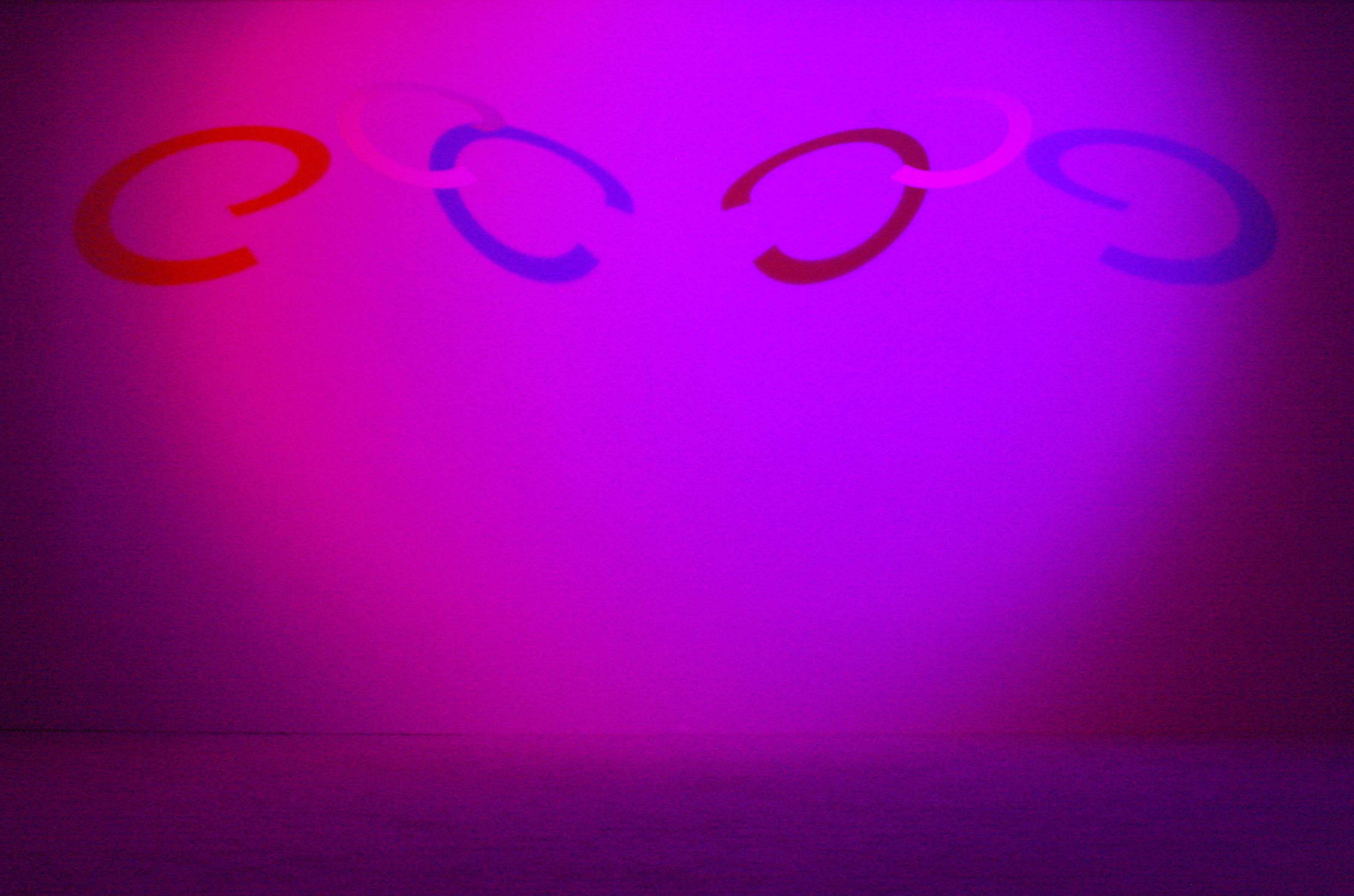See →.
“I found out about a science fiction meeting that was held in Newark. So I went over there and attended the thing … I was carrying my leaflets much in the same way I carried my ‘down with art’ to the W.A.R. (Women Artists in Revolution) meeting. And what I found when I got there was that these fellows were exclusively interested in science fiction as a commercial literary genre” →.
Henry Flynt “Preface to Collected Writings on Meta-Technology,” 2006 →. Bold in original.
Max Bense, “The Projects of Generative Aesthetics,” in Cybernetics, Art and Ideas, ed. Jasia Reichardt (Studio Vista, 1971).
Peter Strawson, “Sounds,” chap. 2 in Individuals: An Essay in Descriptive Metaphysics (Routledge, 1959).
Nelson Goodman, Ways of Worldmaking (Hackett, 1978), 2–3.
Nelson Goodman, Fact, Fiction, and Forecast, 4th ed. (Harvard University Press, 1983), 59–83.
Goodman, Fact, Fiction, and Forecast, 64.
Catherine Elgin and Nelson Goodman, Reconceptions in Philosophy and Other Arts and Sciences (Hackett, 1988), 6–7.
Henry Flynt, “La Monte Young in New York,” in Sound and Light: La Monte Young and Marian Zazeela, ed. William Duckworth and Richard Fleming (Bucknell University Press, 2012), 85.
The standard reading of the Cagean gesture is that it dispenses with the subjective tastes of the composer, and by doing so, opens the work to an assubjective nature in its manner of operation. I suggest inverting the line of reasoning and instead see how such a gesture opens the work to exhibiting the interiority of the normative functioning of the concert ritual, which Flynt’s constitutive dissociations anticipated. J.-P. Caron, “L´indétermination à l´œuvre” (doctoral dissertation, forthcoming). See also: J.-P. Caron, “Art and the suspension of subjectivity” →.
Richard Kostelanetz, “Inferential Art,” in John Cage, ed. Richard Kostelanetz (Da Capo, 1991).
Henry Flynt, “Essay: Concept Art,” 1961 →.
Henry Flynt, “Against ‘Participation’: A Total Critique of Culture,” 1994.
Henry Flynt, “Foreward,” in Concept art 2001 Concept Art 50 years (Grimmmuseum Berlin, 2011), 12.
I must here mention Nick James Scavo’s provocative essay “Against Worldbuilding,” which shares many of the preoccupations of this essay, if not its conclusions. Tiny Mix Tapes, December 13, 2018 →.
Henry Flynt, “The Apprehension of Plurality,” 2 →.
Henry Flynt, “The Lightworks of Marian Zazeela,” in Sound and Light, 106–7, 116. There’s a good photograph of this installation here →.
Henry Flynt, “Philosophy of Concept Art,” interview by Catherine Christer Hennix, in Concept Art: 50 Years, ed. Henry Flynt and Catherine Christer Hennix (Grimmuseum, 2011), 37. Italics in original.
